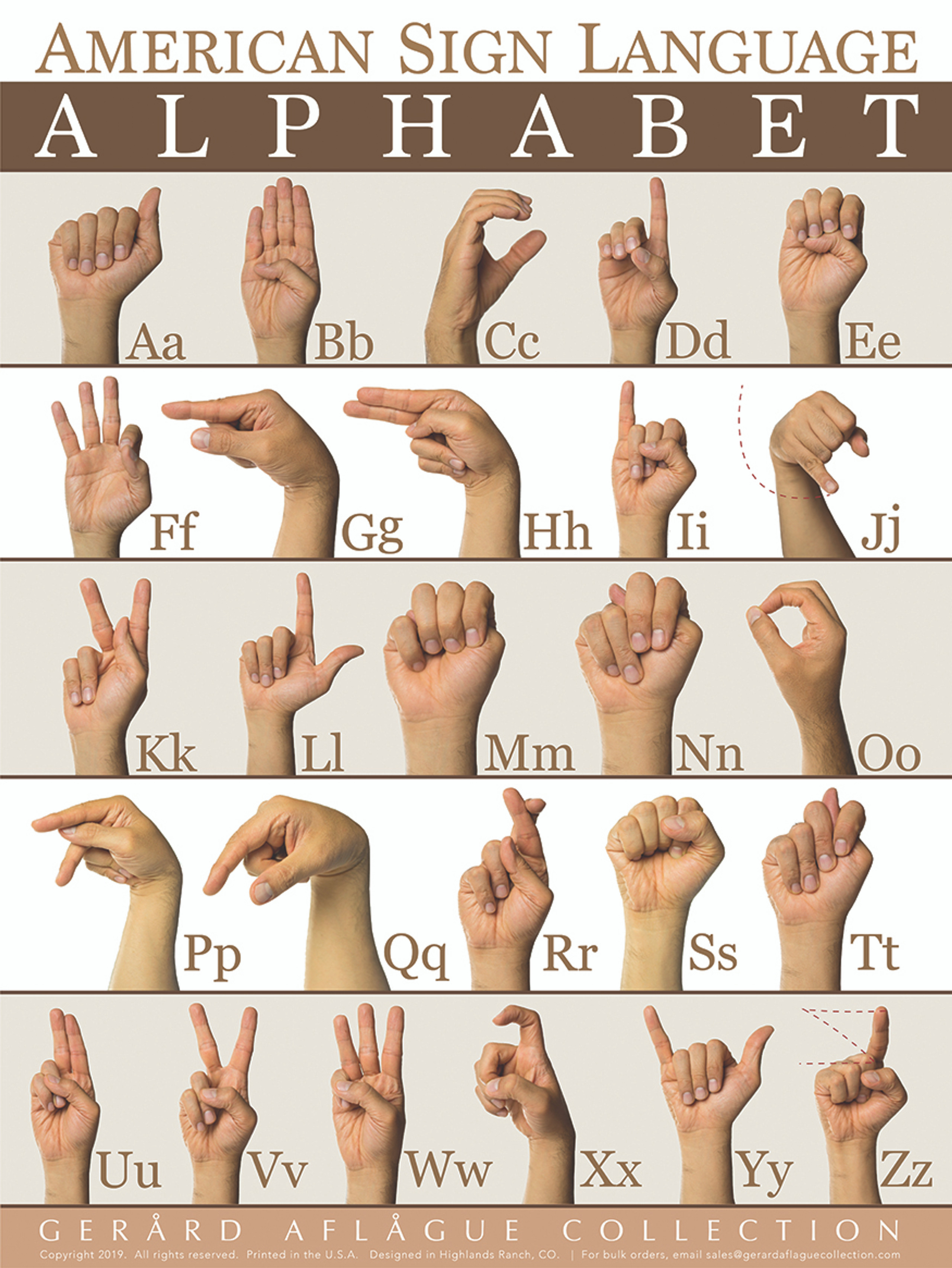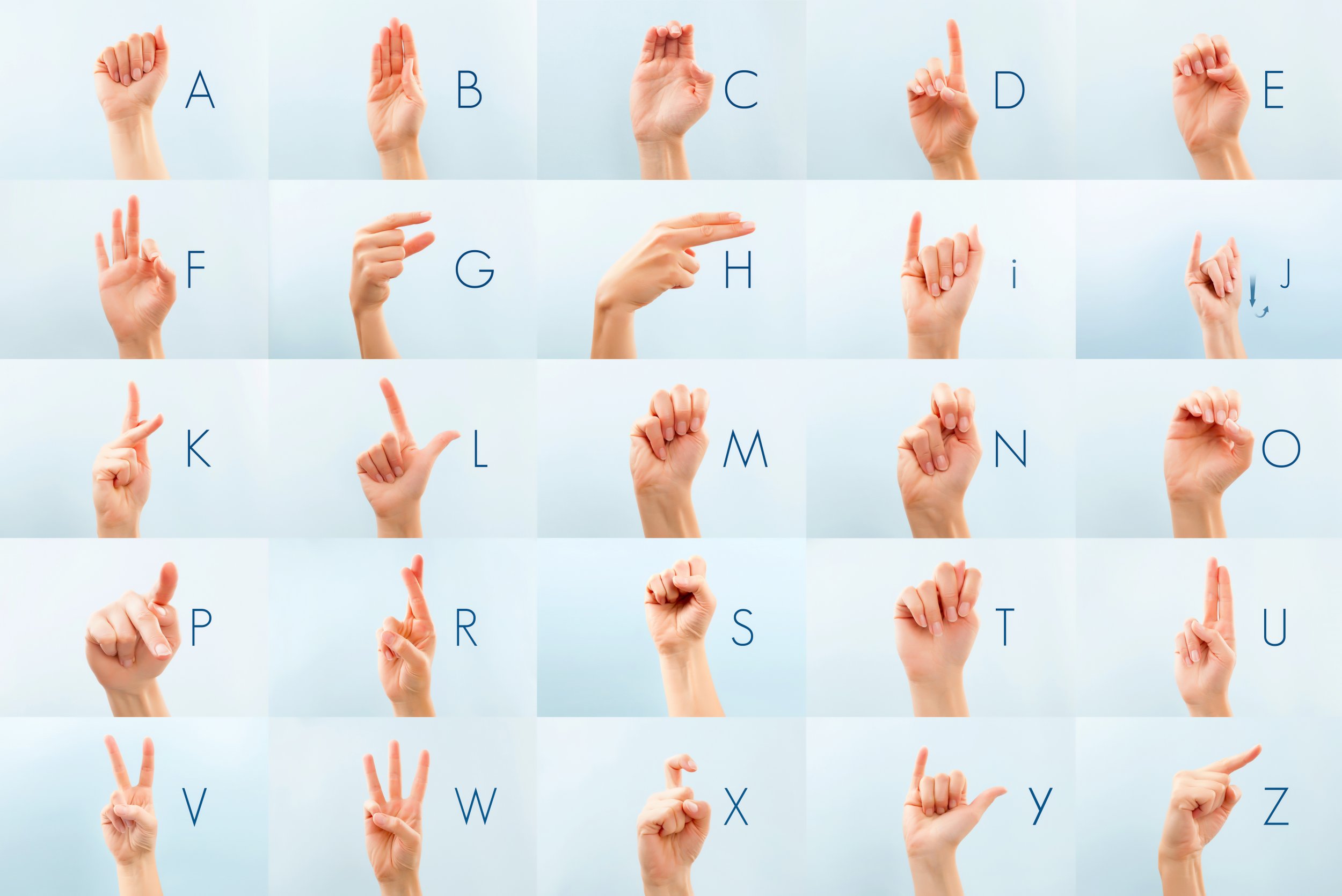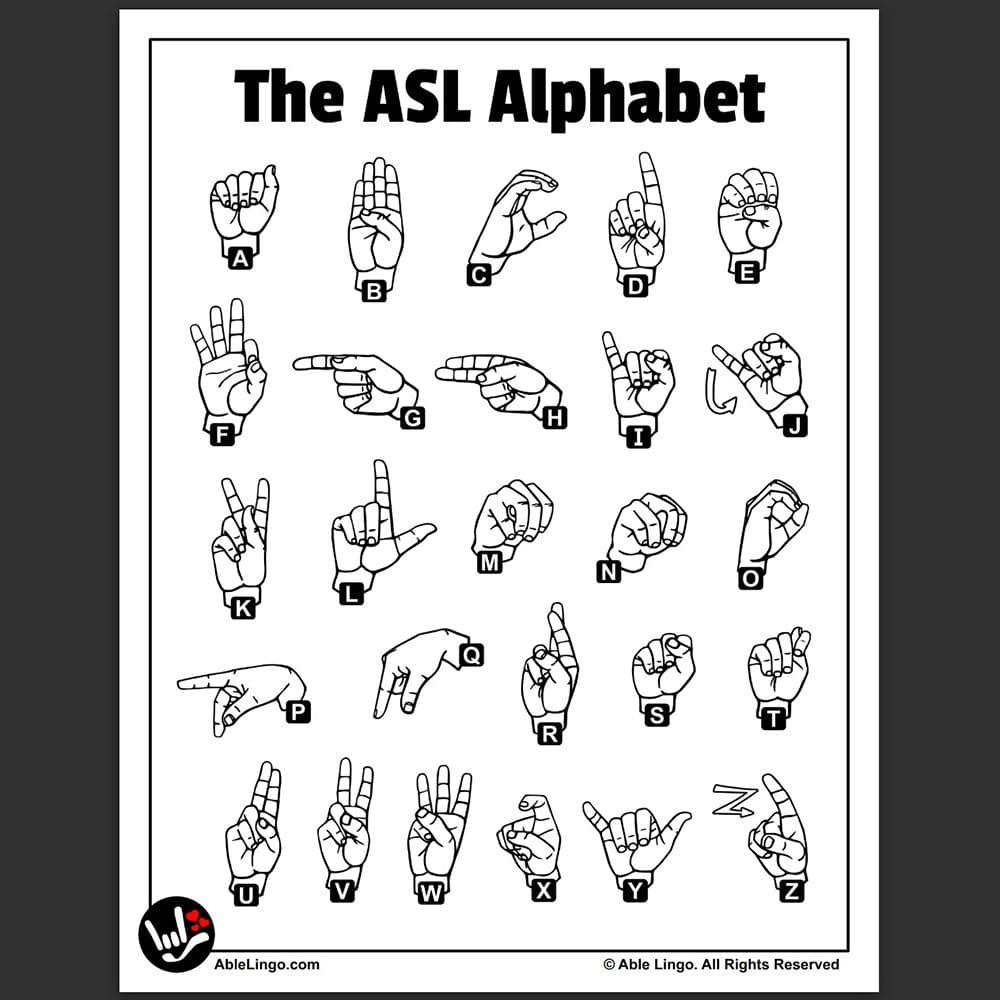ASL Meaning In Text: Unpacking Its Double Life In Online Chats And Deaf Culture
Have you ever seen "asl" pop up in a text message or an online chat and wondered what it meant? It's a common little mystery for many people, and frankly, the answer isn't always straightforward. This tiny three-letter combination, you see, actually holds a couple of quite different meanings depending on where you spot it and who you're talking with. Knowing the right context can definitely make your online conversations flow much smoother, and that's what we're here to help you figure out today.
For a good while now, this abbreviation has been floating around online spaces, causing a bit of confusion for folks just trying to keep up. It's almost like a secret code, sometimes pointing to a quick question about someone's background, and at other times, it refers to something much, much bigger. We'll explore these different interpretations, so you can feel more confident when you encounter it, whether you're gaming, texting friends, or just browsing social media, you know?
By the time we finish up, you'll have a clear picture of what "asl meaning in text" truly involves, especially as we look towards 2025 and how language keeps changing. We'll talk about its slang uses, its role in deaf culture, and how it shapes online talks. You'll even get some ideas for polite ways to ask for information or how to understand when someone uses it in a casual way. So, let's get into it, shall we, and clear up any lingering questions about this interesting little acronym.
- How To Erase Gel Nail Polish
- Emily Compagno Husband
- Pam Bondi Have Children
- Hannah Love Is Blind
- Do A Barrel Barrel Roll
Table of Contents
- The Original Internet Slang: ASL (Age, Sex, Location)
- ASL as in "As Hell": A Modern Texting Twist
- The Profound Meaning: American Sign Language
- ASL in 2025 and Beyond
- Frequently Asked Questions About ASL
The Original Internet Slang: ASL (Age, Sex, Location)
For many years, especially when the internet was still quite new, "asl" served a very specific purpose in online conversations. It stood for "age, sex, location," and it was a pretty standard inquiry. People used it to quickly get some basic personal details from someone they were chatting with, especially if they were meeting for the first time in a chatroom or on an instant messenger service, you know. It's a bit like a quick introduction, just in shorthand.
Where Did It Come From?
This particular use of "asl" really got its start in the early days of internet chat. Back then, anonymity was a bit more common, and people often wanted to know a little something about who they were talking to. Asking "asl?" was a fast way to gather that information without typing out a whole sentence, so it became quite popular, honestly. It was a simple, quick question that everyone seemed to understand.
It was a different time, with fewer social media profiles to check and less personal information readily available online. So, in that context, this quick question helped people decide if they wanted to continue a conversation or if the other person was, say, in their age group. It was, in a way, a tool for initial screening, you could say.
- Is A Fish An Animal
- Dress To Impress Creator Gigi
- Eminence In Shadow Season 3
- Shut Up In Spanish
- How To Make Birria Tacos
How Is It Used Today?
Even now, you might still see "asl" pop up in gaming chats, on platforms like TikTok, or in texting. It's not as widespread as it once was, perhaps, but it definitely hasn't disappeared completely. When someone asks "asl?" in these spaces, they are still typically asking for your age, your gender (often simplified to "sex"), and where you are located. It's just a shorthand for a quick introduction, really.
However, it's worth noting that its usage has somewhat changed. With more awareness about online safety and privacy, some people view the "age, sex, location" question with a bit more caution. It’s still around, yes, but perhaps with a slightly different social weight than it had in the past, so.
When to Use and When to Skip It
When thinking about using "asl" yourself, it's a good idea to consider the situation. In very casual, often anonymous online settings like certain gaming lobbies, it might be acceptable. But in most other contexts, especially if you're talking to someone you don't know well, it can come across as a bit direct or even intrusive. You might want to skip it, just to be on the safe side, you know.
For more polite or professional conversations, asking "asl?" is generally not a good idea. Instead, you could ask questions like, "Where are you from?" or "What kind of games do you play?" if you want to get to know someone better without being too forward. It's about being respectful of personal boundaries, which is pretty important, actually.
ASL as in "As Hell": A Modern Texting Twist
Now, here's where things get a little more interesting and, frankly, a bit confusing for some. In the fast-paced world of texting and social media, "asl" has taken on another slang meaning. It can also stand for "as hell," which is an intensifier. This means it's used to add emphasis to whatever you're saying, making it sound much stronger, you know.
For example, if someone says "that movie was good asl," they mean "that movie was good as hell." Or if a friend texts "I'm tired asl," they're letting you know they are "tired as hell." It's a way to express a really strong feeling without typing out the whole phrase, which, you know, can save a bit of time in a quick message. This usage is quite popular in texting, TikTok captions, and gaming chats, so it’s pretty common, actually.
This particular usage is a newer development, showing how language, especially online language, keeps changing and adapting. It's a good example of how abbreviations can pick up completely new meanings over time, which is something we see a lot with internet slang, you know. So, if you see "asl" and the "age, sex, location" meaning just doesn't fit the sentence, this "as hell" interpretation might be the one you're looking for.
The Profound Meaning: American Sign Language
Beyond the slang uses, there's a much more significant and, frankly, more educational meaning for "ASL," and that is American Sign Language. In many current and serious conversations, especially those about communication or deaf culture, "ASL" almost always means this complete and natural visual language. It's the primary language used by many deaf and hard of hearing people in North America, and it's a really important part of their identity, you see.
This meaning is often what comes to mind in more formal or educational settings, like when you're discussing languages or accessibility. It's a beautiful and complex system of communication that has its own grammar and rules, totally separate from spoken English. Understanding this difference is, you know, pretty vital.
A Complete Visual Language
American Sign Language is a true, naturally evolving linguistic system. It uses visual and spatial processing, meaning it relies on handshapes, movements, facial expressions, and body postures to convey meaning. It's not just a collection of gestures; it has its own unique grammar and linguistic properties, which is something many people don't quite realize, you know. It's a very rich and expressive language, honestly.
Unlike spoken languages that use sound, ASL uses sight. This visual nature allows for a different way of structuring sentences and expressing ideas. It's a language that has developed naturally over time, just like any spoken language, and it's the natural language for many deaf individuals. Learning about it can really open your eyes to a whole new way of thinking about communication, you know.
Connecting People and Cultures
ASL helps connect people in incredibly powerful ways. It bridges communication gaps and allows deaf and hard of hearing individuals to share their thoughts, feelings, and experiences fully. It also connects them to a rich cultural community, which is really something special. This language is a big part of what makes the deaf community so vibrant, you see.
When people learn ASL, they are not just learning a new way to talk; they are also learning about a unique culture with its own traditions, humor, and history. It's about building bridges and fostering understanding between different groups of people, which is, you know, pretty amazing. The ability to communicate directly with signs can make a huge difference in someone's life, too, it's almost.
Learning the Basics of ASL
Even just learning a few basic signs can be a really rewarding experience. You can start with simple greetings, numbers, or common phrases. There are lots of resources available, like online courses or community classes, that can help you get started. It's a language that, once you begin to learn it, you just might find yourself wanting to learn more and more, you know.
For instance, knowing how to sign your name or a few common words can be a wonderful way to show respect and make a connection. There are even specific signs for places, like Ohio's major cities such as Columbus, Cleveland, and Cincinnati, which is pretty neat. These signs are part of the living language, and they show how ASL adapts to local contexts, too, it's almost.
You can find good ASL dictionaries that give a solid foundation for signs that have consistent English translations. However, it's worth remembering that, just like any language, ASL also has idioms and nuances that you learn through practice and interaction. It's a bit like learning slang in a spoken language; you need to be around people who use it, you know.
Deaf Awareness and Community
Learning about ASL also means learning about deaf awareness. September is often celebrated as Deaf Awareness Month, and it's a wonderful time to educate ourselves about the unique culture, language, and experiences of the deaf and hard of hearing communities. It's about understanding and celebrating diversity in communication, which is really quite important, you see.
Organizations like the National Association of the Deaf are great places to find resources and learn more about the deaf community. There are also online communities, like "All Deaf," which is a large resource hub for people with hearing loss, their families, and ASL students. These places discuss sign language, hearing aids, deaf education, and much more, so they are really helpful.
At local deaf clubs or coffee gatherings, like the one at Flynn Campus Union Café in Springfield, MA, people come together to chat, practice signing, and just connect. These are places where you can see ASL in action, observe how signs have changed over time (old ASL signs versus new ASL signs), and really experience the language as it's used every day. It's a truly welcoming atmosphere, you know.
ASL in 2025 and Beyond
Looking ahead to 2025, the meaning of "asl" in text will likely continue to evolve, but its core interpretations will probably stay pretty much the same. The slang meanings for "age, sex, location" and "as hell" will probably keep their casual, online presence, especially among younger generations. These abbreviations are just too convenient to disappear entirely, you know.
At the same time, the importance of American Sign Language will only grow. As more people recognize the value of inclusive communication and cultural understanding, ASL will continue to be a significant language. Educational conversations will certainly keep referring to ASL as the beautiful, visual language that connects so many people. It's a language that truly helps connect people, and that's something really special, you see.
So, whether you're trying to figure out a quick text or thinking about learning a new language, knowing the different meanings of "asl" gives you a better grasp of communication today. It shows how language is always moving and changing, and how a tiny word can carry so much meaning, you know. You can learn more about American Sign Language on our site, and also explore other communication methods to broaden your understanding.
Frequently Asked Questions About ASL
What does "ASL" stand for in general?
Generally, "ASL" can stand for two main things: "American Sign Language," which is a visual language used by deaf and hard of hearing individuals, or as internet slang for "age, sex, location," used in online chats, or sometimes "as hell" as an intensifier. The meaning really depends on the context, you know.
How can I tell if "ASL" in a text means "age, sex, location" or "as hell"?
You can usually tell by the way it's used in the sentence. If it's a question, like "asl?", it's likely asking for "age, sex, location." If it's used after an adjective or verb to add emphasis, like "tired asl," then it probably means "as hell." It's all about how the words fit together, you see.
Is it okay to ask "ASL?" in online conversations?
While "ASL?" (age, sex, location) was common in early internet chats, it's generally considered a bit too direct or potentially intrusive in many current online conversations. It's often better to build rapport and ask questions more politely if you want to get to know someone. Respecting privacy is, you know, pretty important.
- Tun Tun Tun Sahur
- Morty And Rick Cast
- Whats Jon Gruden Doing Now
- How Many Children Does Pam Bondi Have
- Surrealism Dress To Impress

American Sign Language (ASL) Alphabet (ABC) Poster

ASL Day 2019: Everything You Need To Know About American Sign Language

FREE ASL Alphabet Chart - American Sign Language - Able Lingo ASL